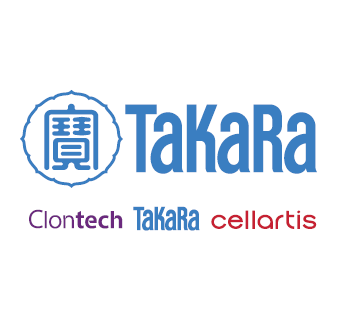iDimerize Regulated Transcription System
iDimerize Regulated Transcription System
The iDimerize Regulated Transcription System allows tightly regulated, inducible expression of your gene of interest by the addition of a small molecule to the cell medium. The system includes the iDimerize Regulated Transcription Vector Set 2, which contains a vector that encodes two transcription factor domains (which combine to create the inducible transcription factor), a mammalian expression vector used to express your gene of interest, and a control vector. The system also includes the A/C Heterodimerizer, the membrane-permeant compound required for induction of gene expression through the heterodimerization of the two transcription factor domains.
Overview
- Tightly regulated transcription using iDimerize technology
- Dose-dependent, small molecule control of transcription
- Activation domain is physically separated from the DNA prior to addition of the dimerizer ligand, resulting in low background
- A/C Heterodimerizer is identical to the AP21967 ligand
Applications
- Inducing gene expression in a ligand-dependent manner
- Analyzing genes that promote cell death, block the cell cycle, or are otherwise toxic
- Functional genomics research
Tightly regulated transcription using iDimerize technology

Tightly regulated transcription using iDimerize technology. Clone your gene of interest downstream of the ZHFD1 inducible promoter (PZI-1). The DNA binding component (DmrC/DNA-BD fusion; red) recognizes and binds sequences within the promoter. However, activation of transcription only occurs when the DmrC/DNA-BD dimerizes with the transcription activation component (DmrA-AD fusion; green) at the promoter, when the DmrA and DmrC domains both bind to the A/C Heterodimerizer (AP21967).
Regulated transcription of luciferase using the iDimerize Regulated Transcription System

Regulated transcription of luciferase using the iDimerize Regulated Transcription System. Firefly luciferase was cloned into the multiple cloning site of the pZFHD1-2 vector. The plasmid was then cotransfected into HEK 293 cells with pHet-Act1-2 (which expresses the transcription activation components). Cells were treated with the indicated doses of A/C Heterodimerizer, and induced gene expression was measured 24 hr later. Induced expression of luciferase was measured using a luminometer. RLU = Relative Light Units.
The iDimerize Regulated Transcription System uses the tight PZI-1 promoter, which exhibits very low background in the absence of induction because it is not recognized by host transcription factors

The iDimerize Regulated Transcription System uses the tight PZI-1 promoter, which exhibits very low background in the absence of induction because it is not recognized by host transcription factors. A further level of control is provided separating the DNA binding component (DmrA/DB; green) and transcription activation component (DmrC/TA; yellow) into separate compartments in the cell. DmrC/TA does not possess a nuclear localization signal (NLS), so it resides predominantly in the cytoplasm; however, it is brought to the nucleus by the addition of A/C heterodimerizer which causes its interaction with DmrA/DB. DmrA/DB does possess an NLS, so when A/C heterodimerizer is added, the transcription factor is completed through dimerization. The complete transcription factor is translocated into the nucleus, where it binds the PZI-1 promoter and induces expression of the gene of interest.
Pomerantz, J. L., Sharp, P. A., & Pabo, C. O. Structure-based design of transcription factors. Science 267(5194), 93–96 (1995).


